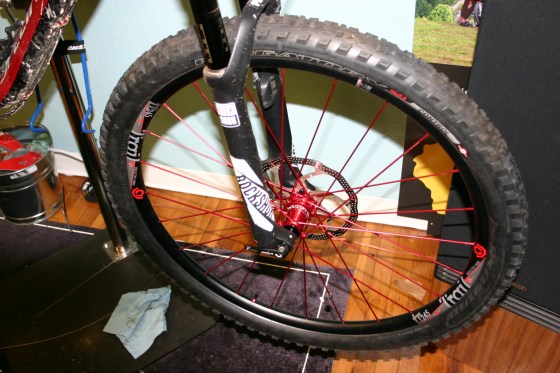There are many ways to improve your health, but so many people still struggle with the dreaded process of making a New Year’s Resolution. My sister and her husband (aka Mr and Mrs Marathon) are avid runners, and have been absolutely smashing their goals, so I asked my Mrs Marathon to write a guest post about how she does it!
Oh, New Year’s. Saying goodbye to last year, celebrating the new one. Cue the reminiscing on the past year- good times and bad, successes and failures. As we approach the new year, we know what’s on everybody’s mind: resolutions! Now cue the groaning and eye-rolling. Nobody likes resolutions, simply because most of the time they just don’t work. Saying you want to lose weight or get in shape just doesn’t cut it. So instead of me just talking about resolutions that don’t work, I’m here to help revamp your resolutions for 2018 so they do work!

Because vague resolutions can be hard to stick to, I personally focus on concrete things for my goals. I like to set multi-level goals for the upcoming year, with room for adjustment if need be. For example, I am a marathoner. My goals are usually time goals that I want to achieve. I set my main goal of wanting to complete whatever distance run, then I set a reasonable time goal, and then I set a dream-big slightly far-fetched time goal that I would love to get if all the stars align on race day.
This is obviously not the only way to set fitness goals though. A lot of people want to set a goal like “I want to lose 10 pounds this year” and then they either meet the goal then relapse or lose motivation before reaching the goal. You can instead make your goal “I want to train for and complete a triathlon,” (or any other activity) and you may just reach that first goal of losing 10 pounds along the way unintentionally. With fitness goals, the possibilities are endless! You can always set a goal to try something new, go farther, be faster! You can try a new sport, like cycling (and of course hit up Chain of Fools Bicycle Repair for all your cycling needs). If you’re already a road cyclist, try mountain biking. Or give running or walking a try! Join a gym (and use the membership regularly!). If you have a hard time digging deep and finding the motivation for yourself, connect with a group that will keep you accountable. If you’re pretty well self-motivated, streaking can be fun (no, not that kind of streaking!). You can do an exercise streak! You can challenge yourself to exercise/run/bike/swim/whatever every day for the month of January and see how far you get and if you can even keep going. You can also set mileage goals for running, walking, or cycling. One of my favorite things to do is to track my miles run each month and compare it to months before. I also make little pictures of my mileage to post on Instagram, and getting all those likes from the running community is always a confidence booster! Whatever it takes, right??

If all of this seems like too much to process at once, a simple way to slowly ease yourself into your fitness goals is to wear an activity tracker. I started wearing a tracker 3 years ago and was surprised at how lazy I can be! I set small goals each day to take more steps or have more active minutes and it really motivated me to get up and moving more. I currently have the Vivoactive 3 from Garmin and I love it! It’s a smart watch, fitness tracker, and GPS watch for tracking my running all in one.
But this leads me to the WHY. Why do we need to set goals like this? I know fitness and exercising isn’t everybody’s cup of tea. And hey, that used to be me until I found what worked for me. But the beauty of the fitness world and setting fitness-related goals is that, more often than not, there are positive side effects of achieving these goals, like weight loss, sleeping better, stress relief, building relationships, and health improvements. All of these things can make life better, so why not just give it a try?
I know we’ve all heard things like this before, but let me just leave you with this- no matter what you choose to do in the year 2018 with your goals and resolutions, just think about yourself this time next year. Do you want to look back and cringe, thinking “Oops, what happened to the year?” Or do you want to think “Wow, look at how far I’ve come this year!” So don’t let the year slip by you. Use this year to make yourself the best you that you can be. You’re amazing! Act like it. Show 2018 what you can do.
Now for the business plug! Chain of Fools is collecting fitness-related resolutions, and hoping to help you stick to them by making them concrete, and making them public. If you come write down your goal and post it with the others, I will give you 2 energy gels/bars, and enter you into a drawing at the end of the month for one of two $50 gift certificates. I’ll also follow up later in the year, and anyone who achieves their goals will get into a larger drawing, with better odds!
































You must be logged in to post a comment.